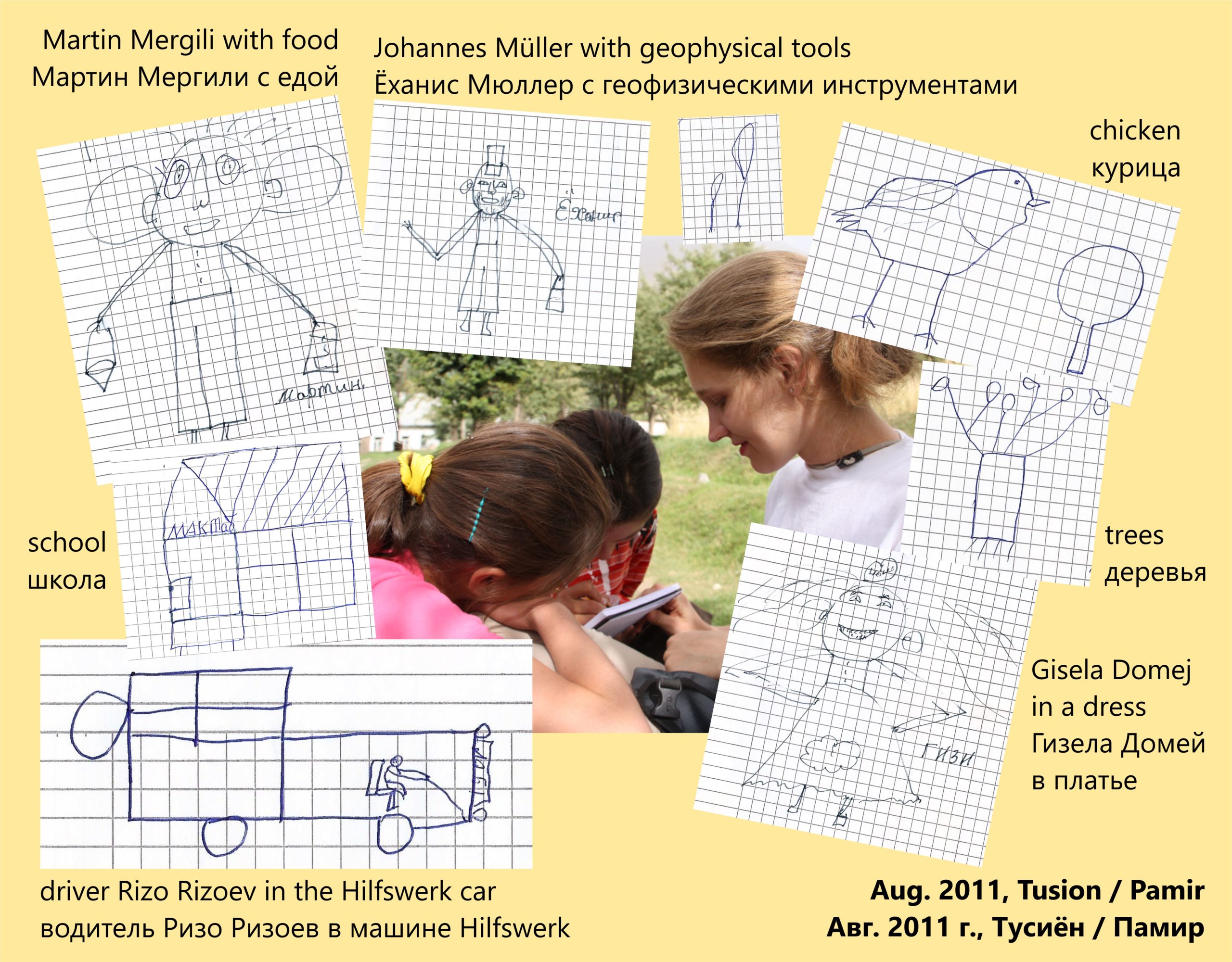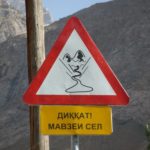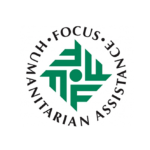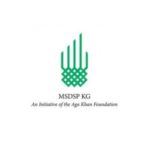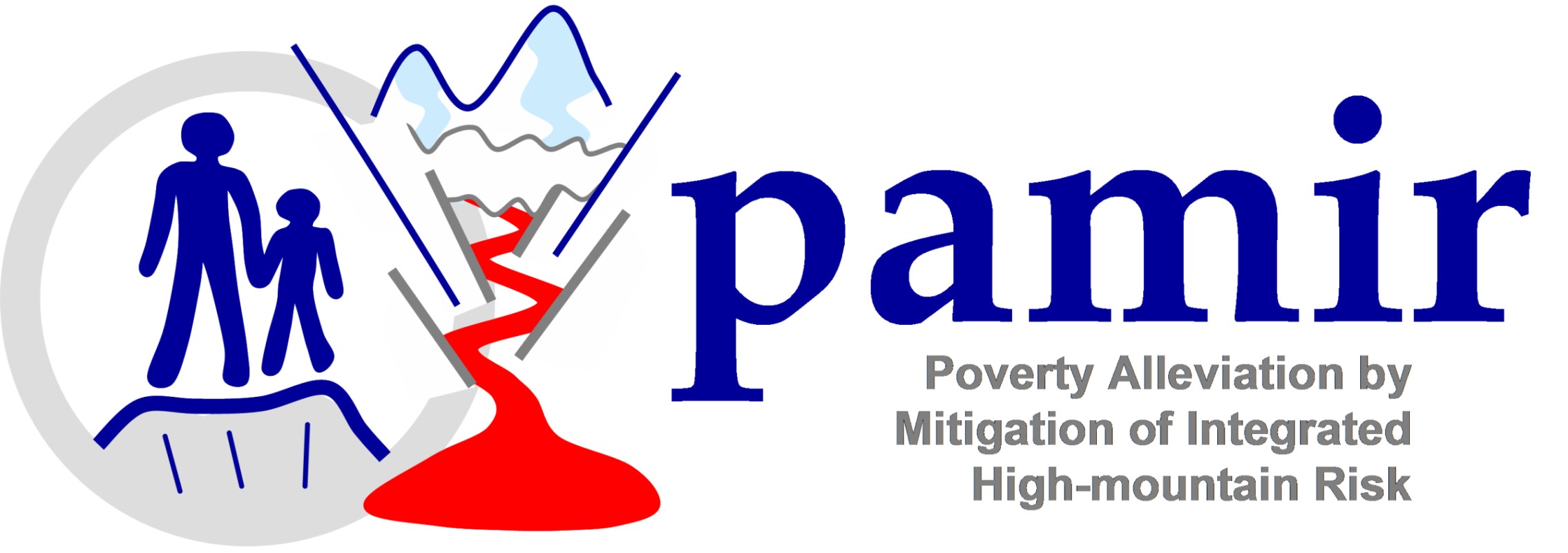Poverty Alleviation by Mitigation of Integrated High-mountain Risk
link to PAMIR at BOKU
2011
“Thematic Program for Environment and Sustainable Management of Natural Resources, including Energy”
In 2011, Hilfswerk International implemented the project PAMIR (“Poverty Alleviation by Mitigation of Integrated High-mountain Risk”) in cooperation with BOKU, FOCUS and MSDSP. The project was funded by the European Union within the framework of the “Thematic Program for Environment and Sustainable Management of Natural Resources, including Energy”.
The overall objective of the project was to contribute to the reconciliation of the WHO’s Millennium Development Goal 1 (MDG 1; “Eradicate extreme poverty and hunger”) with MDG 7 (“Ensure environmental sustainability”) by formal research and appraisal of local knowledge. The project aims to provide a better understanding of linkages between the environment, disaster risk and poverty in selected communities along the Panj River (Tajikistan/Afghanistan) and in the Chan Alai Valley (Tajikistan/Kyrgyzstan) to increase the resilience of mountainous communities to geo-hazards.
The project provided a platform for negotiation strategies on the integration of environmental sustainability into policies among stakeholders of all levels. It created awareness of the causes and effects of non-sustainable environments and disseminated knowledge of efficient interventions. The project involved stakeholders at all levels and raised awareness on linkages between environmental protection, disaster risk reduction and sustainable livelihoods among political decision-makers and donor agencies.
Target group:
> Political decision-makers at all levels
> Local scientists
> Governmental agencies
> 50 villages in high mountainous areas in Tajikistan
> 20 villages in high mountainous areas in Kyrgyzstan
> 50 villages in high mountainous areas in Afghanistan
Target region:
Mountain communities regularly suffer from multiple disturbances resulting from natural hazards. That affects their overall economic development in many aspects: food security, water resource management, deteriorated market access, reduced healthcare and education, physical isolation, the lack of micro-insurance, extreme poverty, and others. Therefore, effective interventions have to address environmental, social as well as institutional aspects. To develop policy recommendations on effective and multi-aspect measures, transdisciplinary research with a strong focus on linkages between disaster risk estimation, prevention of environmental degradation and poverty reduction is necessary. Mountain communities of Tajikistan, Kyrgyzstan and Afghanistan should be empowered to reduce the vulnerability to natural hazards.
Our multi-step approach first sought to identify risks through community-based natural hazard and vulnerability risk assessments (HVRA) which combine both scientific research and knowledge of local societies. The second step consisted of risk mapping and risk modeling in order to determine priority villages and plan repeatable and effective interventions. Finally, we disseminated risk information via a sequence of activities: capacity building, vulnerability reduction and, where possible, the mitigation of physical hazards threatening local communities.

